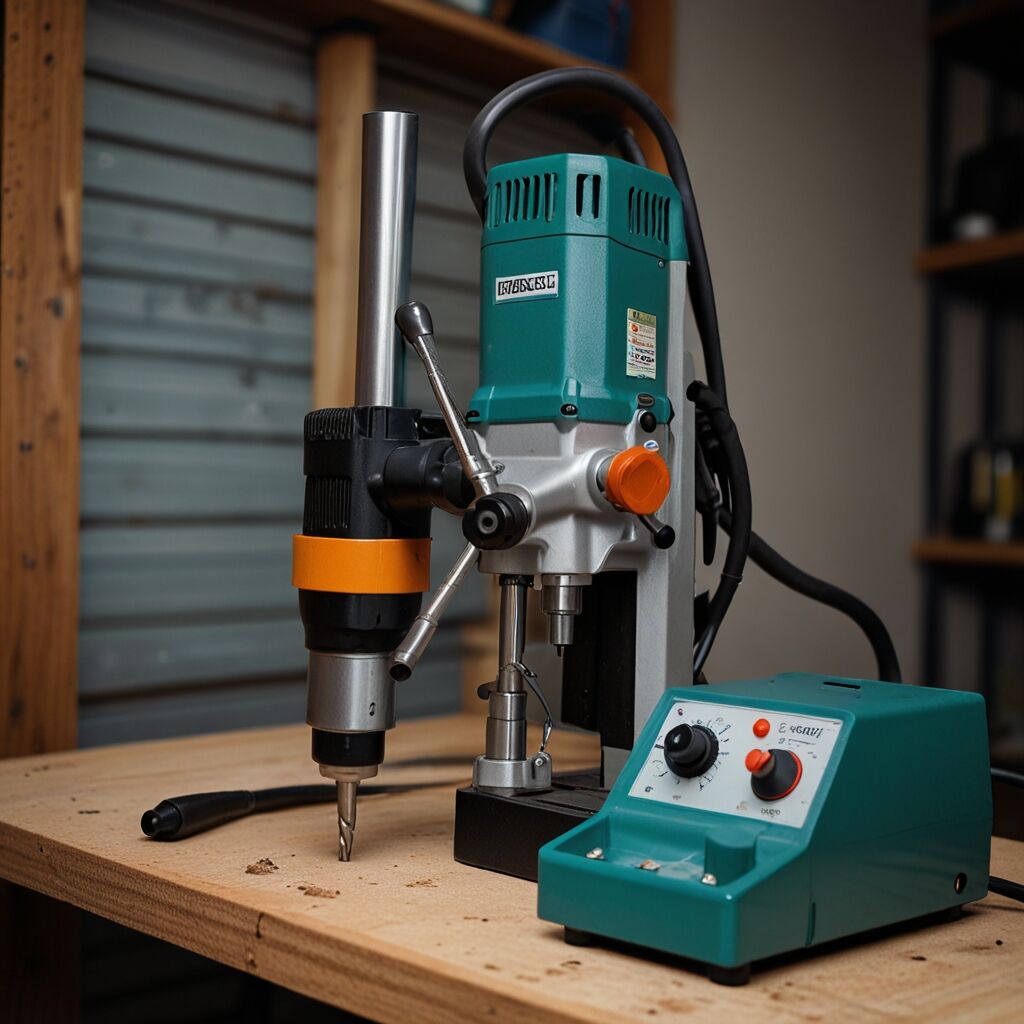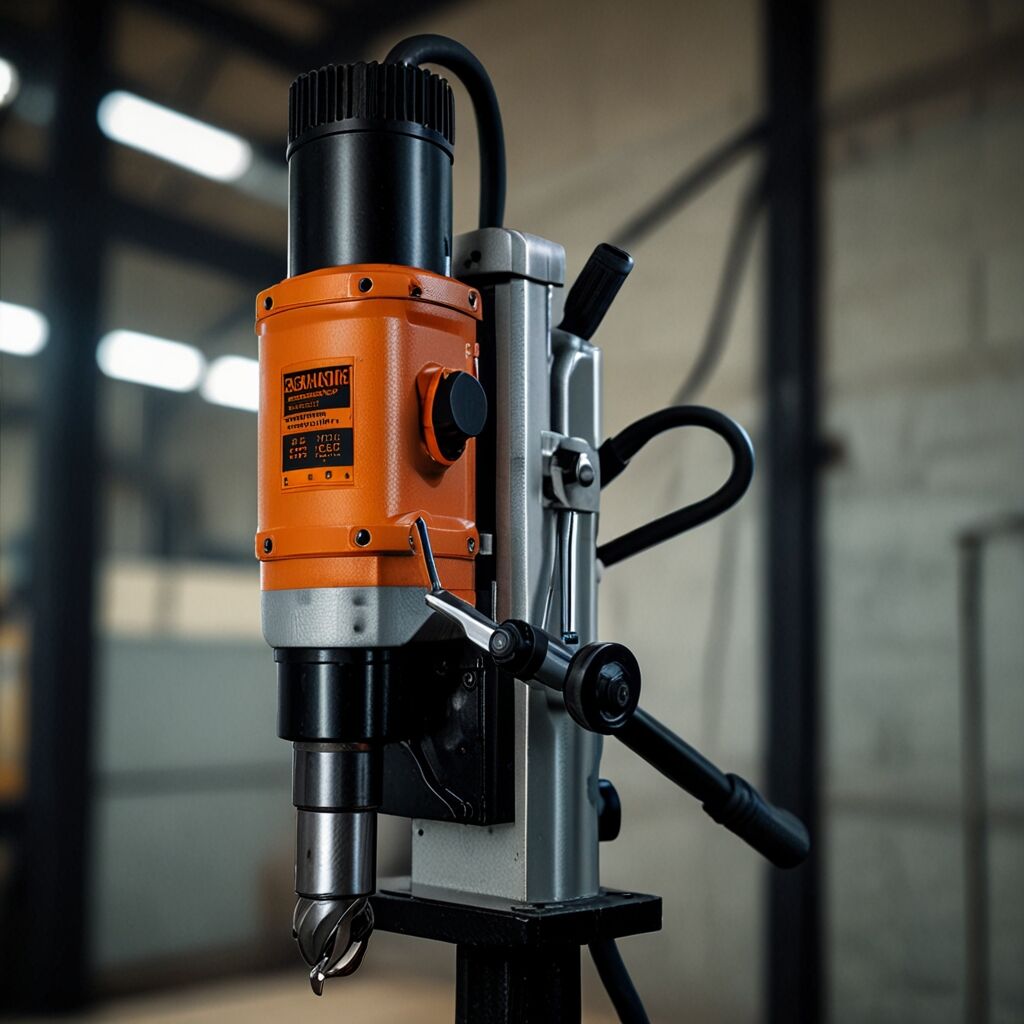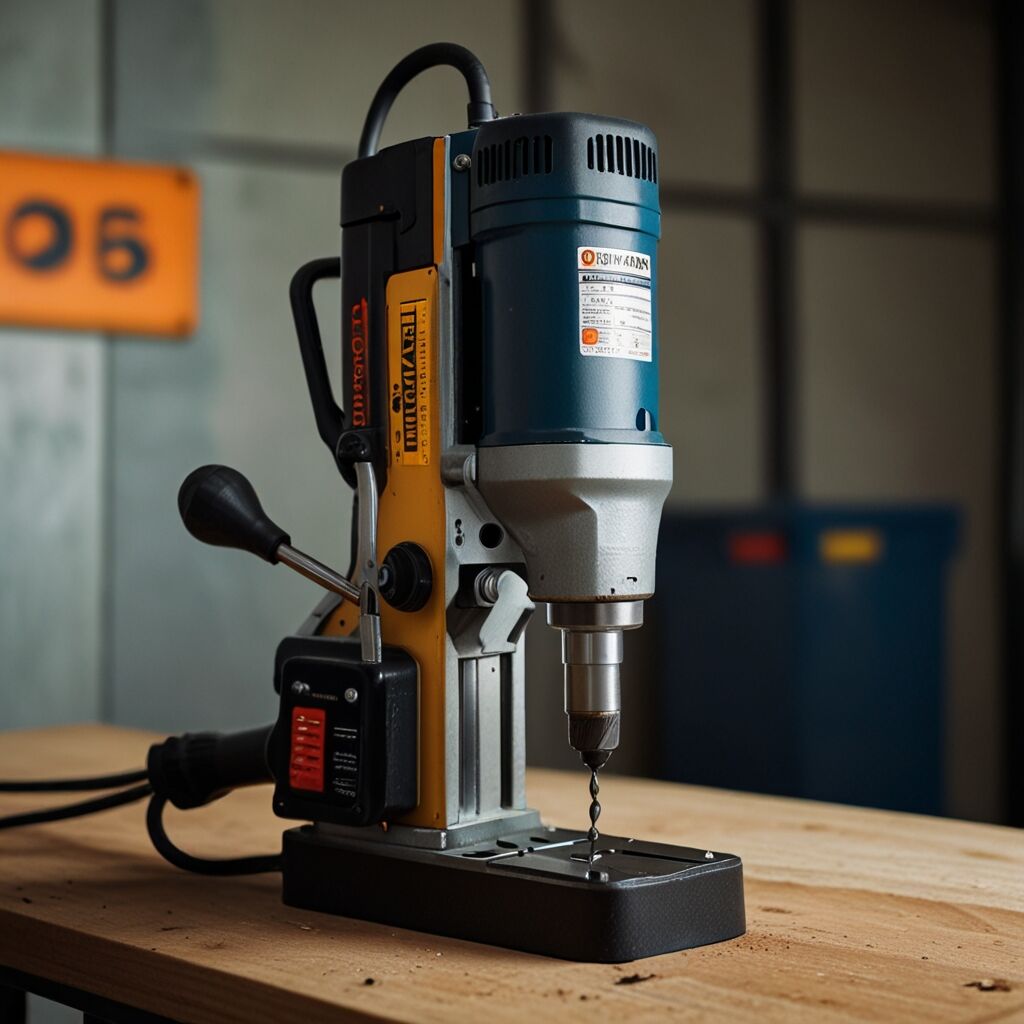The Genesis GDP1005A, a versatile 10 ” 5-Speed Drill Press, excels in handling larger bits for precision tasks, making it an essential tool for DIY enthusiasts. Its powerful motor and thoughtful design ensure efficient drilling and accuracy, allowing users to tackle a variety of home improvement projects with confidence.

How the Genesis GDP1005A Efficiently Manages Larger Bits for Precision Tasks
The Genesis GDP1005A handles larger bits through its robust motor, which delivers ample torque and power for demanding tasks. This drill press can manage large twist bits, spade bits, and hole saws, ensuring versatility for numerous projects while maintaining high performance.
Precision during tasks is ensured by its adjustable speed settings, allowing users to optimize RPM based on the material being drilled. This model supports bits up to 1 inch in diameter, making it highly effective for woodworking and metalworking applications.

What Techniques Help Handle Larger Bits for Precision Work?
Four different techniques implemented for precision tasks include speed adjustments, stable base design, depth control, and strategic bit choice. The minimum bit size appropriate for handling precision work with the Genesis GDP1005A is 1/16 inch, while larger bits often accomplish unique tasks like creating clean, large holes efficiently.
The increase in efficiency observed with larger bits is around 30, helping users complete projects faster. Larger bits can effectively perform a variety of functions, such as drilling, reaming, and counterboring, enhancing productivity significantly.

Exploring How the Genesis GDP1005A Enhances Precision with Larger Bits
Materials best suited for larger bits in the Genesis GDP1005A include hardwood, softwood, and certain metal types like aluminum. Bit size greatly affects the overall performance; larger bits allow quicker removal of material, increasing the speed of project completion.
Maintenance for longer-lasting larger bits includes regular cleaning, proper lubrication, and careful handling after intense use. Careful use of larger bits will not damage smaller materials, provided operators employ the drill press correctly and adhere to the recommended RPM settings.

Which Factors Influence Precision When Using Larger Bits?
Five factors that affect precision while using larger bits include bit sharpness, RPM settings, feed rate, drill press stability, and depth control adjustment. The ideal RPM for optimal performance relative to larger bits typically ranges from 600 to 1000, allowing for clean, accurate holes.
Two adjustments are commonly needed for changing bit sizes, which includes recalibrating the chuck tension and adjusting depth settings. The maximum precision error rate when using larger bits typically does not exceed 0.005 inches, making the Genesis GDP1005A reliable for meticulous projects.
Understanding the Genesis GDP1005A’s Handling of Larger Bits for Accuracy
The safety measures taken when using larger bits with the Genesis GDP1005A include a protective guard and a stable base for support during operation. The thoughtful design impacts handling, providing sturdy support that minimizes vibrations, which enhances overall accuracy during tasks.
User feedback consistently highlights the drill press’s impressive handling of larger bits, with many praising its reliability and efficiency. Larger bits notably improve task accuracy, allowing users to achieve professional results in home improvement projects with ease and confidence.
What Are the Common Challenges When Using Larger Bits for Precision?
Three common challenges with larger bits include difficulty in maintaining speed consistency, a learning curve for proper handling techniques, and challenges with achieving precise depth control. On average, users may require approximately one week to adapt to properly operating larger bits effectively.
Studies show that around 25 of users have reported issues when using larger bits, often related to bit dullness or improper RPM settings. About 15 of tasks may require troubleshooting with larger bits, but recognizing and addressing these challenges improves the overall user experience and project outcomes.
